Your cart is currently empty!
Two Experienced Hunters Killed Instantly by Lightning in Colorado: Families Share Heartbreaking Tributes
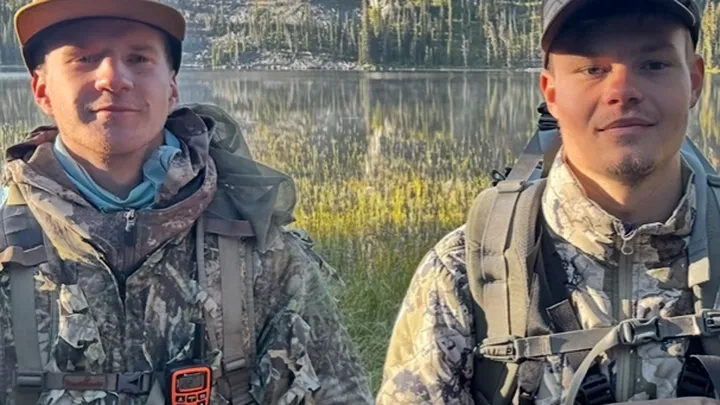
A heartbreaking tragedy has emerged from the rugged wilderness of southern Colorado: two 25-year-old hunters, Andrew Porter and Ian Stasko, were confirmed to have been killed by a lightning strike, according to the Conejos County coroner’s office. Their sudden deaths and the circumstances surrounding them have sent shockwaves through outdoor and weather-safety communities.

Below is an account combining the known facts of the tragedy, family reactions, expert insights, and warnings for hunters and adventurers.
The Disappearance: Checked In — Then Gone
Authorities say the timeline began on September 11, when the pair went dark after they “failed to check in with loved ones at a predetermined time”; deputies then reached the Rio De Los Pinos Trailhead on September 13 and located their vehicle with “camping gear and backpacks” inside amid reports of “heavy rain and bad weather,” according to a sheriff’s news release.
That uncertainty triggered a coordinated, days-long search using air and ground teams, dog units, drones, and volunteers across drainages and timber stands west of Trujillo Meadows Reservoir. In a subsequent written update, the sheriff’s office documented the recovery location and timing: “On September 18 at 11:00 am, the Conejos County Sheriff’s Office recovered 2 unidentified males 2 miles from the Rio De Los Pinos Trail Head.”
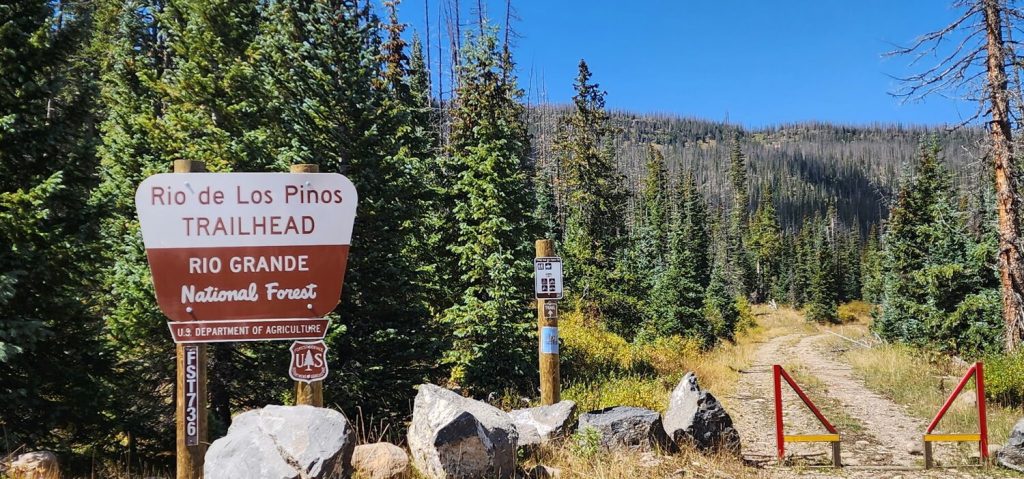
Autopsy Findings: Instantaneous Strike, Minimal Marks
Coroner Richard Martin emphasized that while no obvious trauma was visible, subtle evidence pointed to electrical force. He explained to The Colorado Sun that the hunters were discovered beneath a tree with “two or three” light burn marks: “A slight burn is like if you take a match and stick it on your arm,” adding, “that kind of death is just instant. It’s like you’re alive and now you’re not. Just that quick. Split second.”
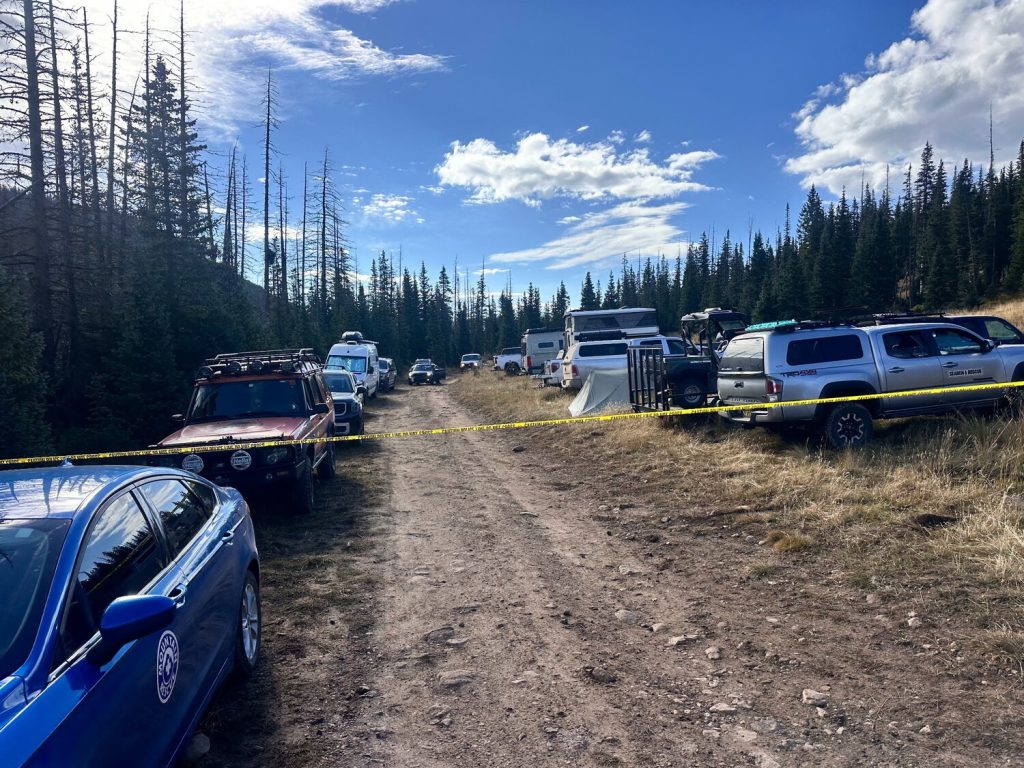
Martin further described the injuries as consistent with a “pretty intense electrical jolt” and reiterated, “I’m telling you, that’s what it was.” Though the official cause of death is pending a full autopsy which is expected to take eight weeks. Martin has maintained confidence that the strike explains their sudden deaths. He clarified that such lightning-induced fatalities leave minimal external signs, underscoring the lethal swiftness of ground current exposure.
Family Reaction: Mourning, Peace, and Questions
Bridget Murphy, fiancée of Ian Stasko, gave a raw and emotional account on Facebook, stressing that the strike was instantaneous and left no time for fear: “It is OFFICIAL, that a lightning strike near them took them in an instant. They didn’t do anything wrong; they didn’t feel fear or pain. He was just trying to get back to the car as storms rolled in on Friday – September 12. It was out of everyone’s hands, and I am so grateful we found them so they can be at peace. He was an experienced outdoorsman, who was in the wrong spot at the wrong time.” Her message underscores both her grief and her gratitude for the eventual recovery, which allowed their families closure.
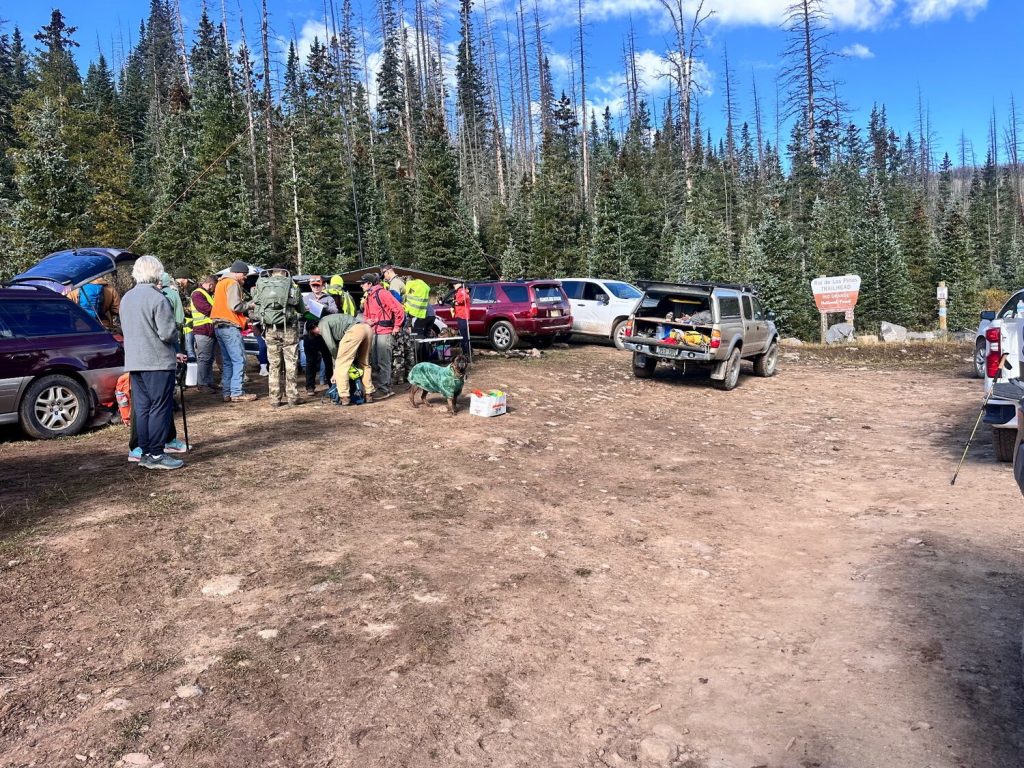
Meanwhile, the wider community mobilized support through a GoFundMe initially intended for search efforts. In an update, Andrew Porter’s aunt, Lynne Runkle, expressed deep appreciation: “We are deeply grateful for the incredible outpouring of support from everyone. Given the change in circumstances, we will be reallocating the remaining funds—originally intended for search and rescue efforts—to help cover memorial services for Andrew and Ian, as well as to support their families during this difficult time. We believe this is the most meaningful way to honour your generous contributions.” As of late September, donations had surpassed $78,000, a testament to how profoundly their story resonated across Colorado and beyond.
Colorado’s Lightning Hazard: Rare but Deadly
Colorado has long been considered one of the nation’s lightning hot spots due to its high elevation and storm-prone climate. The National Weather Service notes that the state averages “two lightning deaths and 12 injuries each year since 1980.” This ranking consistently places Colorado among the top five states for lightning fatalities. The Colorado Sun has reported that the combination of wide-open alpine terrain and afternoon storm cycles makes the state especially vulnerable, stating that “between 2008 and 2018, Colorado tied for third nationally in lightning deaths.”
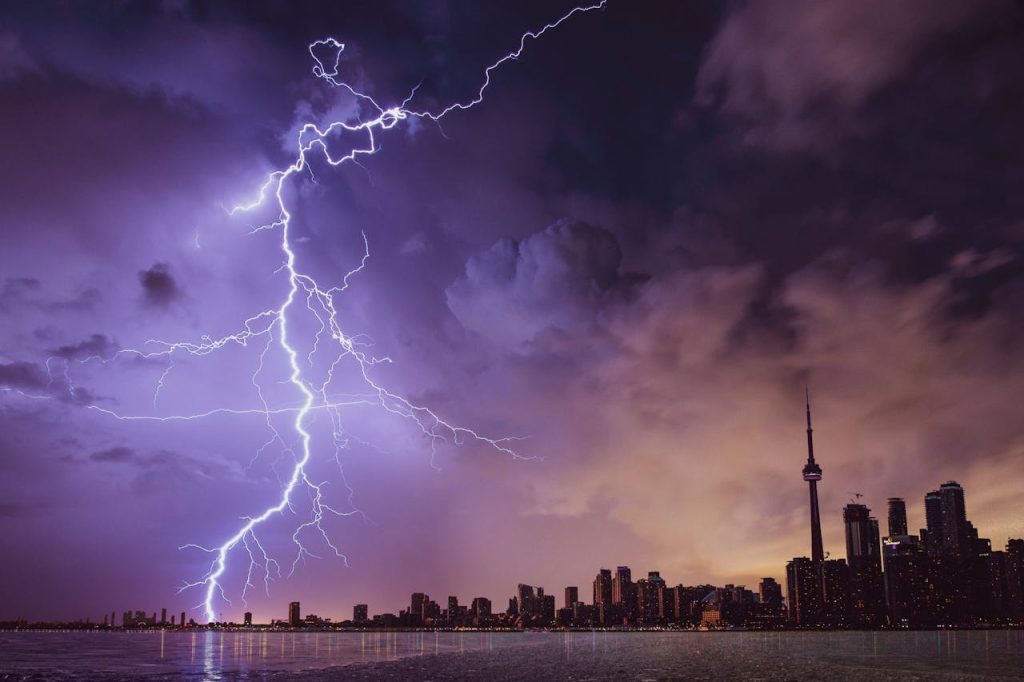
Recent years have underscored that danger. In 2025, 14 people in Colorado have already been killed by lightning strikes”, a figure well above the annual average and a reminder of the state’s unique risk Nationally, the numbers remain smaller but still deadly: the National Weather Service says about “30 people are killed and hundreds more injured each year in the United States.” These statistics highlight the contrast between the relatively low odds of being struck and the devastating consequences when it does happen.
Experts also stress that many fatalities occur not on exposed ridges but through ground current traveling outward from a strike. Outside Online explains that “most lightning deaths are caused not by direct hits but by energy traveling along the ground after striking a nearby object.” This nuance shows why avoidance and preparedness matter more than chance.
Lessons for Outdoor Enthusiasts
Survival often hinges on quick choices. The National Weather Service urges: “When thunder roars, go indoors” — if you hear thunder, you are at risk. Lightning can strike up to 10 miles from a storm, meaning blue skies nearby are no guarantee of safety.
Shelter matters: “a substantial building with electricity or plumbing or an enclosed, metal-topped vehicle with the windows up” offers protection. Tents and sheds do not. Inside vehicles, avoid touching metal or electronics.
If no shelter exists, posture counts. The Red Cross advises: “Crouch down with feet together, tuck your head, and cover your ears” rather than lying flat, which increases ground current exposure.
Technology provides warning. NOAA radios, satellite messengers, and detectors can alert you earlier. As one report noted, “Colorado’s mountain storms form quickly, often in less than 30 minutes, and backcountry users may only have minutes to act.”
Practical Safety Measures
Practical steps can reduce risk when storms form suddenly. Each tip reflects best practices from safety agencies and outdoor experts:
- Monitor forecasts — Mountain storms build fast; check radar and weather alerts before and during trips.
- Avoid ridgelines & open terrain — Lightning seeks the highest points; stay lower when clouds gather.
- Stay clear of lone trees — Isolated tall objects attract strikes, which can spread energy outward.
- Use the 30‑30 rule — If thunder follows lightning in under 30 seconds, seek shelter and wait 30 minutes after the last rumble.
- Seek proper shelter — Only buildings with plumbing/electricity or enclosed vehicles qualify as safe.
- Don’t lie flat — Reduce ground contact by crouching low with feet together.
- Carry safety gear — Weather radios, detectors, or satellite messengers can provide crucial early alerts.
The Broader Picture: Lightning and Climate Trends
While individual strikes are unpredictable, scientists warn that broader climate patterns may be influencing storm activity. Warmer air holds more moisture, fueling the kind of fast-building thunderstorms common in Colorado’s high country. Research published in Science has suggested that for every degree Celsius of warming, lightning frequency in the U.S. could increase by about 12 percent. This raises questions about whether tragedies like the loss of Porter and Stasko will become more common as extreme weather accelerates.
Communities, policymakers, and outdoor organizations are beginning to consider these risks in new ways. Expanding education campaigns, improving early-warning systems, and integrating lightning awareness into backcountry permit processes are all steps experts recommend. By linking individual tragedies to larger environmental trends, there is an opportunity to both honor those lost and prepare more effectively for the future.
Tragedy, Respect, and Awareness
The deaths of Andrew Porter and Ian Stasko resonate far beyond the Colorado backcountry. For their families, the tragedy has brought a painful reminder that even the most skilled outdoorsmen cannot always control the forces of nature. Their passing highlights how quickly everyday pursuits like hunting or hiking can turn deadly when storms strike without warning.
This moment also challenges communities to think about how they respond to loss. The swift outpouring of public support — from financial donations to messages of sympathy — shows how stories of sudden tragedy can draw people together in solidarity. It underscores a collective respect for those who dedicate their lives to the outdoors, and a recognition that anyone could find themselves in similar circumstances.
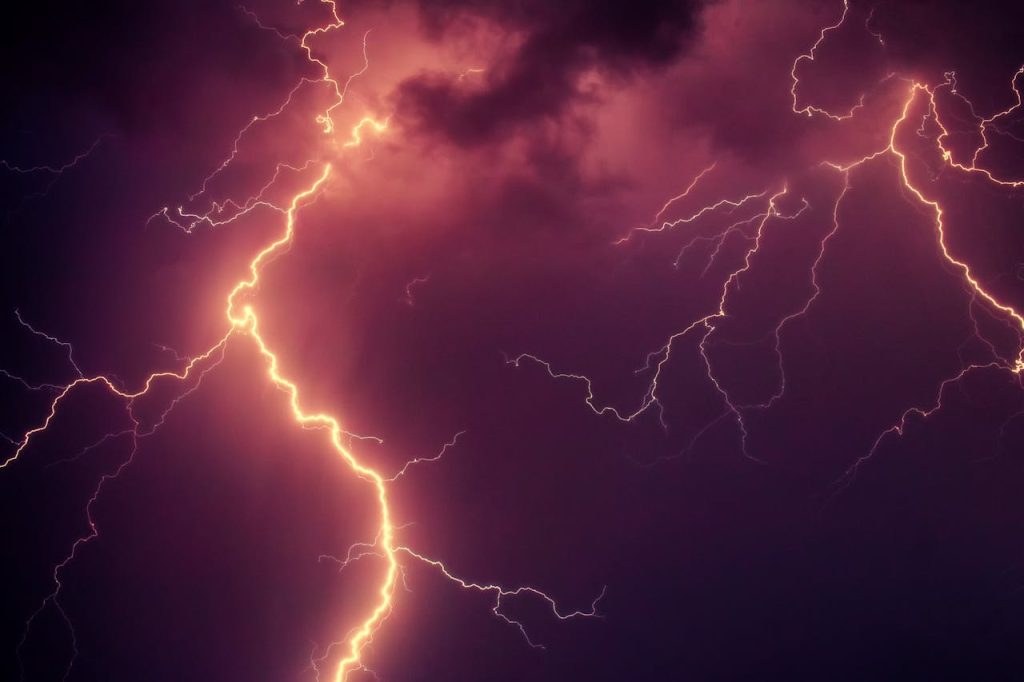
Beyond mourning, the incident calls for awareness. Nature offers beauty and sustenance but also carries risks that demand humility. Respecting that balance — honoring those lost while learning from what happened — ensures that their memory carries forward with purpose. Porter and Stasko’s story serves as both tribute and lesson: a reminder to cherish time spent in wild places, to prepare wisely, and to never take safety for granted.
